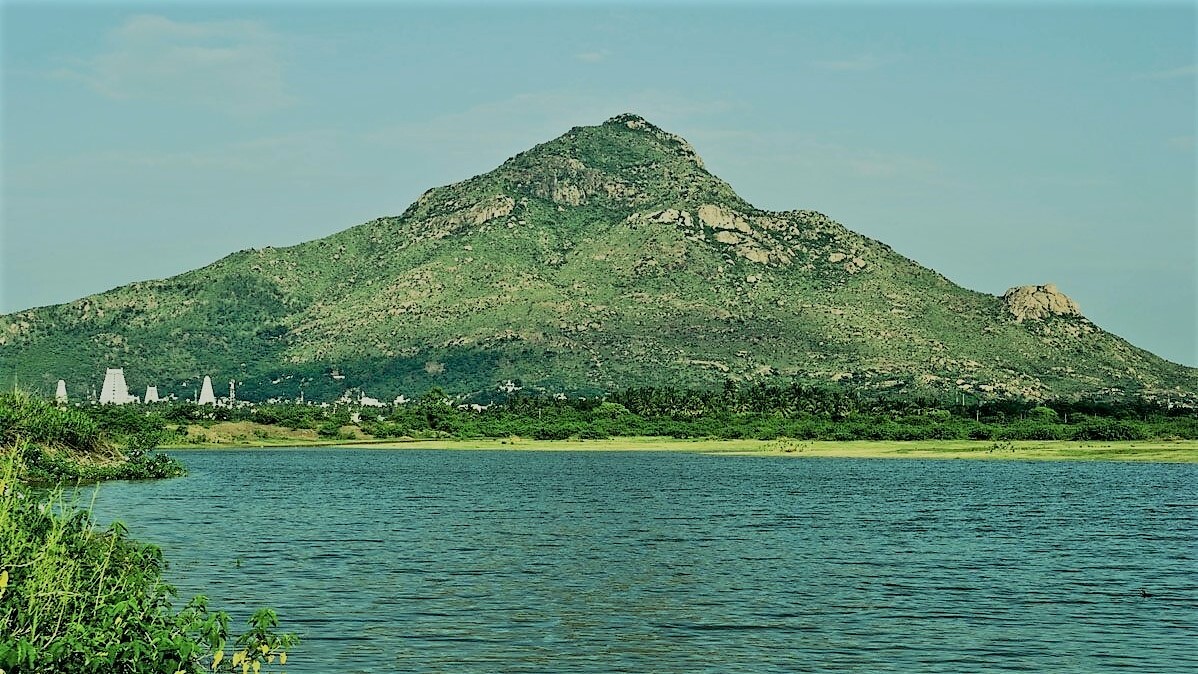Episodes

Sunday Feb 11, 2024
ātma-vicāra is attending to what is permanent, namely ‘I am’
Sunday Feb 11, 2024
Sunday Feb 11, 2024
In a Zoom meeting with the San Diego Ramana Satsang (ramana-satsang-sd@googlegroups.com) on 4th February 2024, Michael answers various questions about Bhagavan’s teachings.
Some of the questions he answered were:
1. During my atma vichara practice I feel like I go through many days of serene calm, then my mind will suddenly grow agitated, latching onto this and that for days on end… Is this normal?
Also during these periods of serenity wild things in the world (almost comical things they are so unexpected) will arise as though trying to pull me back… is this my mind manifesting tests, or opportunities for growth?
2. Michael, there is an author Michael Langford who has provided a unique means of turning within. Michael, you have commented on this in a blogpost.
Langford basically has the person shut his eyes and focus on their everyday, ordinary awareness. If thoughts arise, one is to simply let them pass and try to notice awareness watching awareness.
As I recall you commented positively on this approach. Could you please expand on your thoughts regarding this approach. Is this akin to comments by Sadhu Om in the Path of Sri Ramana where he uses the analogy of the reflected light from a broken shard of mirror in a dark room that leads one to the pervading light of the sun?
3. At the conclusion of answer 11 of Nan Yar is the following:
Thus, when the mind stays in the Heart, the 'I' which is the source of all thoughts will go, and the Self which ever exists will shine. Whatever one does, one should do without the egoity "I". If one acts in that way, all will appear as of the nature of Siva (God).
Isn’t the apparent ego the apparent doer? If there is no ego, is there also no doer? Who is the one acting in that case?
4. In the little 40 page "Manual", Nan Yar, Bhagavan, in verse 11, sets out in precisely the way of realising oneself. Some pundits have pronounced this as containing the ultimate guide for Self-enquiry.
I find it amazing that there are libraries full of conversations and instructions which veer away from this central guide.
That little manual, Nan Yar, states "The thought 'Who Am I' will destroy all other thoughts and like the stick used for stirring the burning pyre it will itself in the end get destroyed. Then there will arise Self-realisation”.
I have been hooked onto verse 11 only, for many years. Is this narrow-mindedness?
5. Within the philosophical context of Advaita Vedanta the Ego is the dreamer, not the universal self. So when the ego is dreaming and then awakens, the dream characters were not real.
Advaita Vedanta argues that the Waking state is similar to the Dream state in that in both cases the (illusory) Ego was projecting itself into multiplicity in both.
This is where I get confused. The one Ego projects a dream world and a waking world by the power of Maya so how can each character in the projections of the one Ego experience their independent existence when, according to Advaita Vedanta all is One - ēkam ēva advitiyam?
Or perhaps put another way: You wrote in your amazing book Ramana Maharshi’s Forty Verses on What is: “So long as we are aware of any phenomena or forms other than ourself, we have risen and are standing as ego and we are thereby nourishing the ego. To make it subside back into its source, to starve the ego, we need to give up being aware of anything other than ourself and be aware of ourself alone.”
Who is the “We” and “ourself?
This episode can also be watched as a video here and a more compressed audio copy in Opus format (which can be listened to in the VLC media player and some other apps) can be downloaded from here.


No comments yet. Be the first to say something!